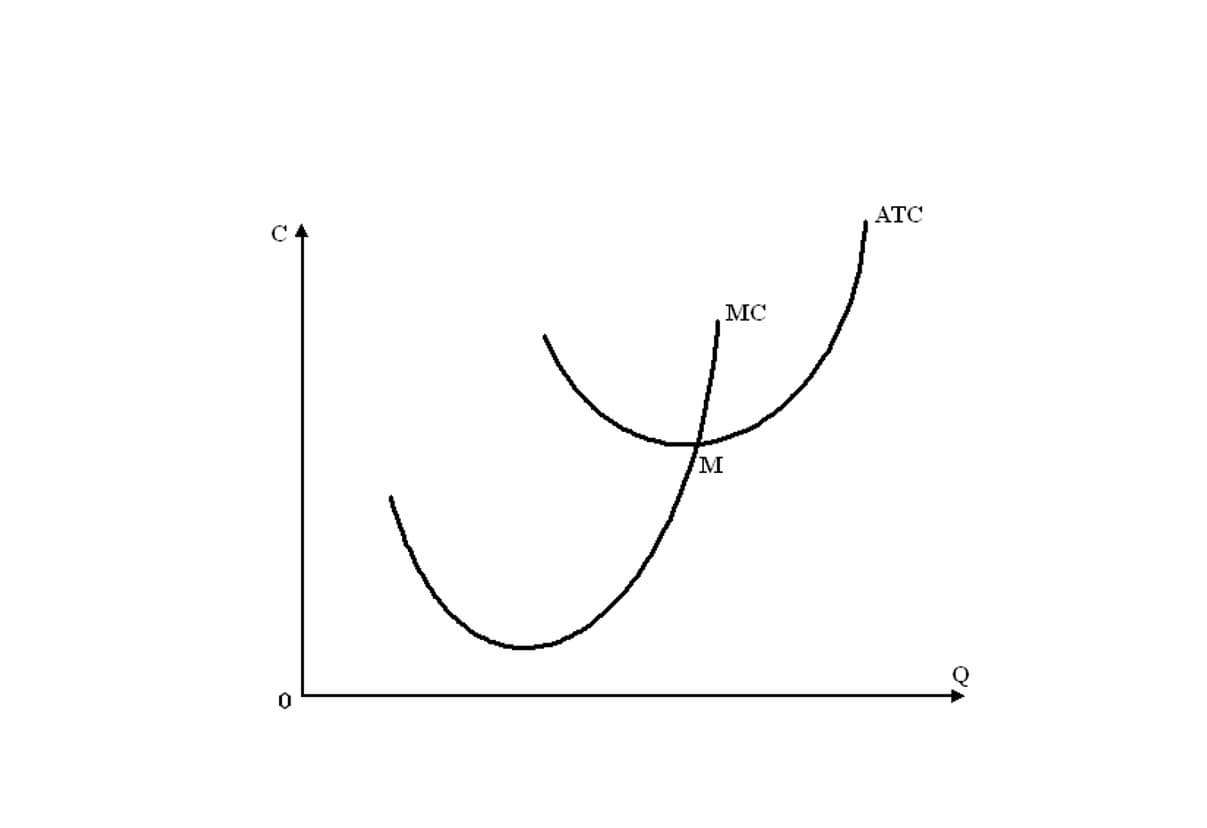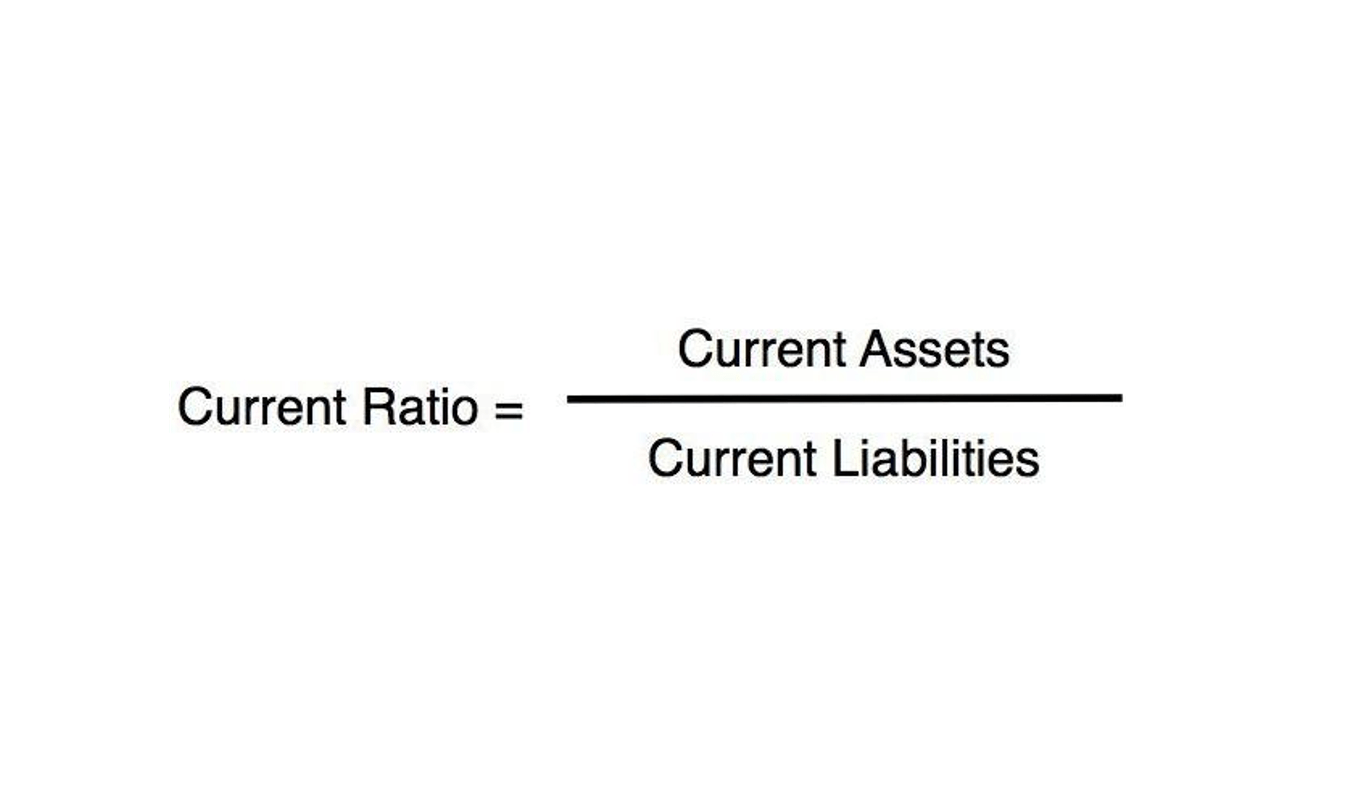
Embracing the Cynefin Framework empowers leaders to tackle challenges with a more nuanced and context-specific perspective, ultimately leading to better outcomes. This article presents framework for decision making a curated list of ten powerful frameworks designed to bring clarity and confidence to your choices. We will move beyond theory and provide actionable steps, best-use scenarios, and practical examples for each model, from SWOT Analysis to the OODA Loop.

What are the steps involved in implementing a decision-making framework in a business setting?
This framework provides suitable approaches and strategies for each domain, allowing for effective decision-making amid varying levels of certainty and complexity. The SWOT (Strengths, Weaknesses, Opportunities, and Threats) Analysis is a strategic planning framework used to evaluate the internal and external factors affecting a decision. It involves identifying the strengths and weaknesses (internal factors) and the opportunities and threats (external factors) related to a decision.
Power and Politics in Organizations: A Strategic Guide for HR Leaders
In this article, we draw on the natural sciences and studies of complex adaptive systems to help leaders better handle these challenges. We also provide clear examples of how various leaders have coped with complexity. Explore ProofHub’s extensive features to learn how you can implement the RAPID framework for decision-making when managing teams and projects. Use a project management software like ProofHub to collaborate with a team. It will help you bring all the people, information, and ideas to a single centralized and transparent place. Clear roles also enable everyone to focus on their specific responsibilities, which streamlines efforts and helps achieve organizational goals more efficiently and effectively.
Decision-Making Frameworks Overview

Multi-vote methods enable stakeholders to allocate a certain number of votes among different options based on their preferences or priorities. This helps in identifying the most favored or consensus-driven choices. The crucial aspect of a data-driven decision-making framework is basing decisions on facts supported by data rather than assumptions. Using facts reduces the chances of failure and increases the likelihood of success. You should also start slow when you’re ready to get started so the process doesn’t stall. Focus on decisions that have major strategic importance or cut across many parts of the organization.
Embracing a data-driven decision-making framework
This method is ideal for complex problems where diverse viewpoints and potential conflicts could derail a meeting. It is used extensively in product development, strategic planning, and policy creation. For instance, a product team at Motorola might use the hats to evaluate a new feature. They would start with the White Hat to review user data, then the Yellow Hat to brainstorm benefits, followed by the Black Hat to identify potential risks, ensuring a balanced and holistic evaluation. This method organizes complex choices into a clear, grid-based table, making it one of the most transparent decision making frameworks for complex problems.
A Framework for Leaders Facing Difficult Decisions

Each element is significant as they collectively provide a structured approach, ensuring a thorough analysis and implementation of decisions. The RAPID framework assigns specific decision-making roles, clarifying who has the authority to make decisions, while the RACI matrix defines who is responsible, accountable, consulted, and informed. These encourage participation from different stakeholders, ensuring that diverse educational needs and perspectives are considered, leading to broadly supported and effective decisions.

By quickly cycling through the loop, teams can seize the initiative in fast-changing environments, making it one of the most agile decision making frameworks for competitive markets. Unlike traditional grids, Cynefin is one of the most dynamic decision making frameworks because it acknowledges that situations can shift between domains. The infographic above illustrates what are retained earnings the relationships between the Simple, Complex, and Chaotic domains, highlighting the different response patterns each requires. Understanding these transitions is key, as a stable situation can quickly become chaotic if mismanaged.
- Of course, users interested in reading more about any of the ethical schools of thought can also find other much more extensive resources about them.
- It starts with a basic chart, with the two (or more) options you’re deciding between at the top.
- Before BRIDGeS, we used to apply various discovery tools and frameworks to solve issues, ideate products, form strategies, etc.
- In the Chaotic domain, there is no clear connection, and quick action is needed.
- Therefore, identify whether the situation requires the involvement of key stakeholders in decision-making.
- The infographic above illustrates the relationships between the Simple, Complex, and Chaotic domains, highlighting the different response patterns each requires.
How to Implement the Design Thinking Process for Remote Teams
- While primarily a problem-solving approach, design thinking can also be used as a decision-making framework.
- While respecting and valuing the freedom of individuals to pursue their own goals, the common-good approach challenges us also to recognize and further those goals we share in common.
- Many leaders are reluctant to make the final call when there are good arguments and a lot of emotions on both sides.
- Leadership and executive-level professionals guide their teams through complex scenarios where the stakes are high and the margin for error is minimal.
The RAPID decision-making model provides you with a framework to make high-stakes decisions sensibly. Moreover, it helps you streamline your decision-making process, making it collaborative and transparent. The ‘input role’ provides expertise, insights, and information that shape the recommendation. Additionally, it usually includes all the stakeholders who will be affected by the decision or involved in execution. It helps collect all information and advice to consider throughout the decision-making process. However, not every idea presented in the input needs to be included in the final decision.

In today’s hyper-competitive and rapidly evolving business landscape, effective decision-making is not merely an advantage; it is a fundamental necessity for organizational survival and growth. The speed at which markets shift, technologies emerge, and workforces transform demands that leadership teams be agile and equipped with robust frameworks to make informed, strategic decisions. The Devil’s Advocacy framework involves assigning a person or a group the role of a “devil’s advocate” to challenge and critique the proposed decision or solution. By encouraging critical thinking, and considering potential risks and drawbacks, it helps identify weaknesses in the decision-making process.
Root Cause Analysis
Essentially, you can say 80% of the decision-making process happens here. Additionally, a recommender collects http://www.picmw.com/index.php/california-ca-sales-tax-rates-by-city/ the inputs from all the stakeholders involved in the decision-making process, brainstorms, and defines the vision. A RAPID framework is often used by stakeholders for making high-stakes decisions in an organization. Additionally, in this post, we will look at the ins and outs of RAPID decision-making.
